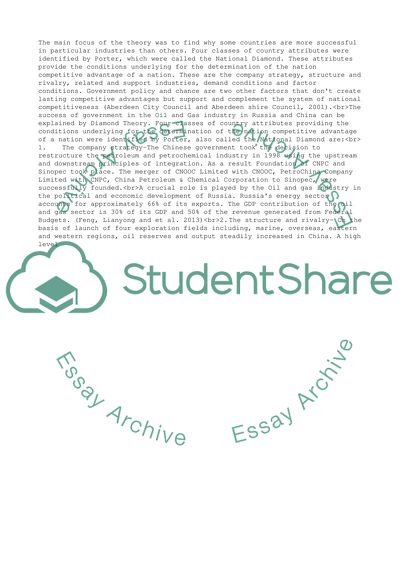Cite this document
(Oil and Gas Essay Example | Topics and Well Written Essays - 1750 words - 1, n.d.)
Oil and Gas Essay Example | Topics and Well Written Essays - 1750 words - 1. https://studentshare.org/business/1805292-oil-and-gas
Oil and Gas Essay Example | Topics and Well Written Essays - 1750 words - 1. https://studentshare.org/business/1805292-oil-and-gas
(Oil and Gas Essay Example | Topics and Well Written Essays - 1750 Words - 1)
Oil and Gas Essay Example | Topics and Well Written Essays - 1750 Words - 1. https://studentshare.org/business/1805292-oil-and-gas.
Oil and Gas Essay Example | Topics and Well Written Essays - 1750 Words - 1. https://studentshare.org/business/1805292-oil-and-gas.
“Oil and Gas Essay Example | Topics and Well Written Essays - 1750 Words - 1”. https://studentshare.org/business/1805292-oil-and-gas.


